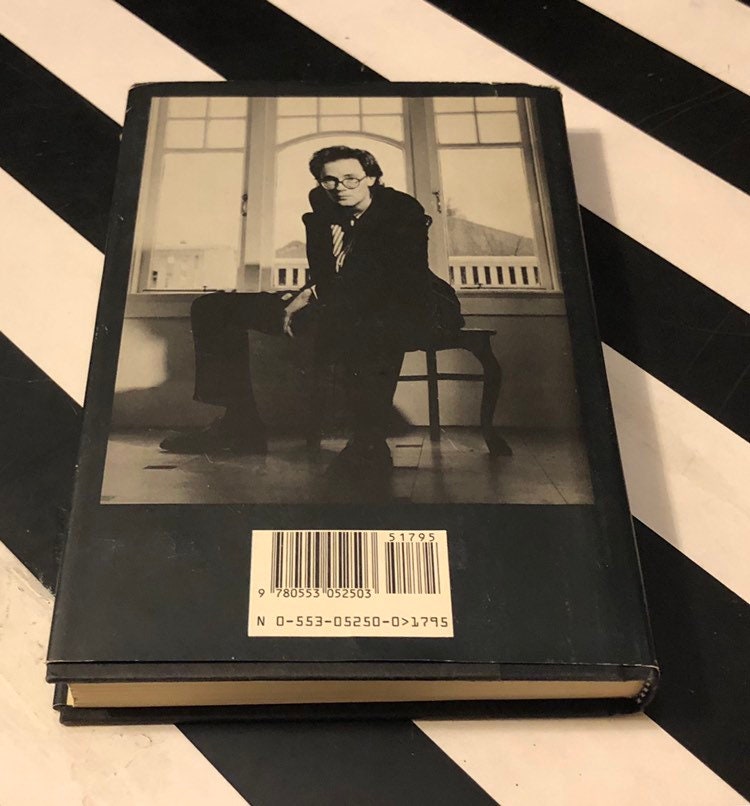

However, the implications of that are not fully developed in this novel as they are in others from later novelists.

The best that can be said is that cyberspace follows its natural evolution in this concluding Sprawl novel, as a bridge to a transhumanist element whereby humans can be fully uploaded into a computer. The boxes in the second novel, with all of the complexity of meaning that they summoned, are absent in a similar element in this novel. Some of the higher motifs of the first two novels are also missing here.

At least Molly, Case, and Turner all could respond competently to their situations, even if they didn't have total control. While all of Gibson's characters have an element of not being in the driver's seat, Mona and Kumiko may have pushed this character type too far into irrelevance as storytelling devices. Mona is a passive dupe for everything going on around her, and therefore not compelling as a character. The naive female characters also tended to overlap, and it's not clear what Kumiko's character had to do with the others nothing is quite possible. Even stylistically, this novel felt flat, as the postmodern experimentation of the second novel (in particular) is gone, replaced by a more overtly prosaic storytelling that is certainly easier to read, but somehow not the edgy, challenging Gibson of the other two novels. Characters in this novel are introduced that did not exist in the first two. Characters from the second novel return here in an unsatisfying way, as their placement in this novel has almost nothing to do with how the second ended. We see characters return from the first novel who were not in the second. Instead, here we find a novelist searching to create a trilogy in the third novel after the probably unexpected success of the first, and it doesn't work. Long-time readers of science fiction and fantasy will be familiar with this "non-trilogy trilogy" phenomenon, and Gibson's talents were lost in his attempt to create one in this final Sprawl novel.īetter attempts typically start as a trilogy conceived of as a trilogy, with related arcs that span all 3 novels, or a series of 3 independent novels that stand on their own, perhaps centered around consistent characters. In the end, I'm left with the conclusion that this was a forced attempt to create a trilogy where none existed before, and certainly where none existed when the first novel was written. I loved "Neuromancer" and liked "Count Zero," but "Mona Lisa Overdrive" lacks everything those first two novels had.


 0 kommentar(er)
0 kommentar(er)
